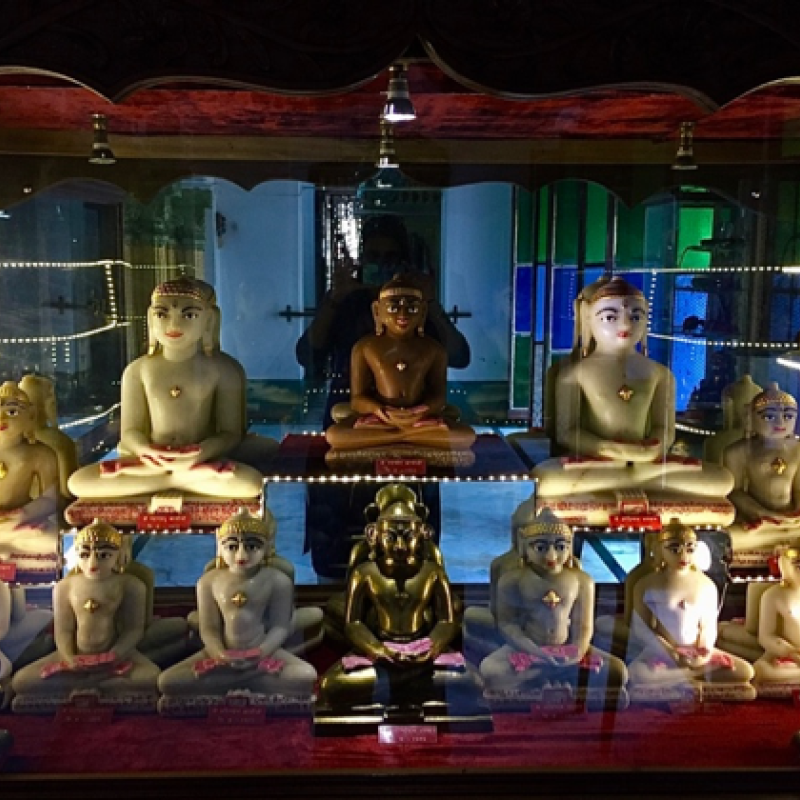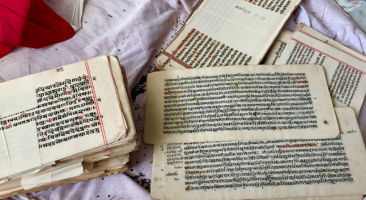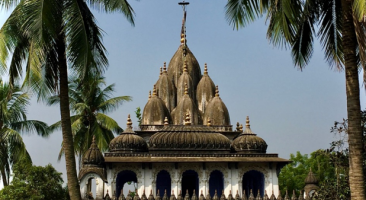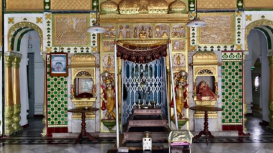The emergence of the Jain community in Bengal has its roots in Murshidabad of the eighteenth century when two distinct waves of migration between 1700 and 1765 marked their settlement and coming to prominence as important actors in the political, economic and social landscape of Bengal. Even though not homogenous in character, the Jains of Murshidabad had one thing in common—a strong sense of community harnessed on religious lines. For the Jains, religion and art cannot be separated as both are profoundly connected with the quest for the ultimate expression of one’s humanity in spiritual liberation.
From the early modern period till now, Murshidabad and the adjoining locations of Azimganj and Jiaganj have served as significant sites of Jain settlement that has contributed to the formation of a ‘religio-aesthetic’ presence of the community in the visual culture of Bengal. Manifesting itself in a conglomerate of temples clustered around these locations, this module does a mapping and a detailed survey of the Jain temples, the Jina figures, and the architecture and material histories of the community in this Azimganj-Jiaganj-Murshidabad complex to further engage with questions of the identity formation of the Jains in Bengal.
Understanding the Jain temple institution of ‘jnan bhandar’ or traditional knowledge warehouses, this module will further explore the temples’ repository of archival and documentary sources to reflect on reconstruction of Jain history on society, religion, philosophy and art from these traditional temple libraries.




